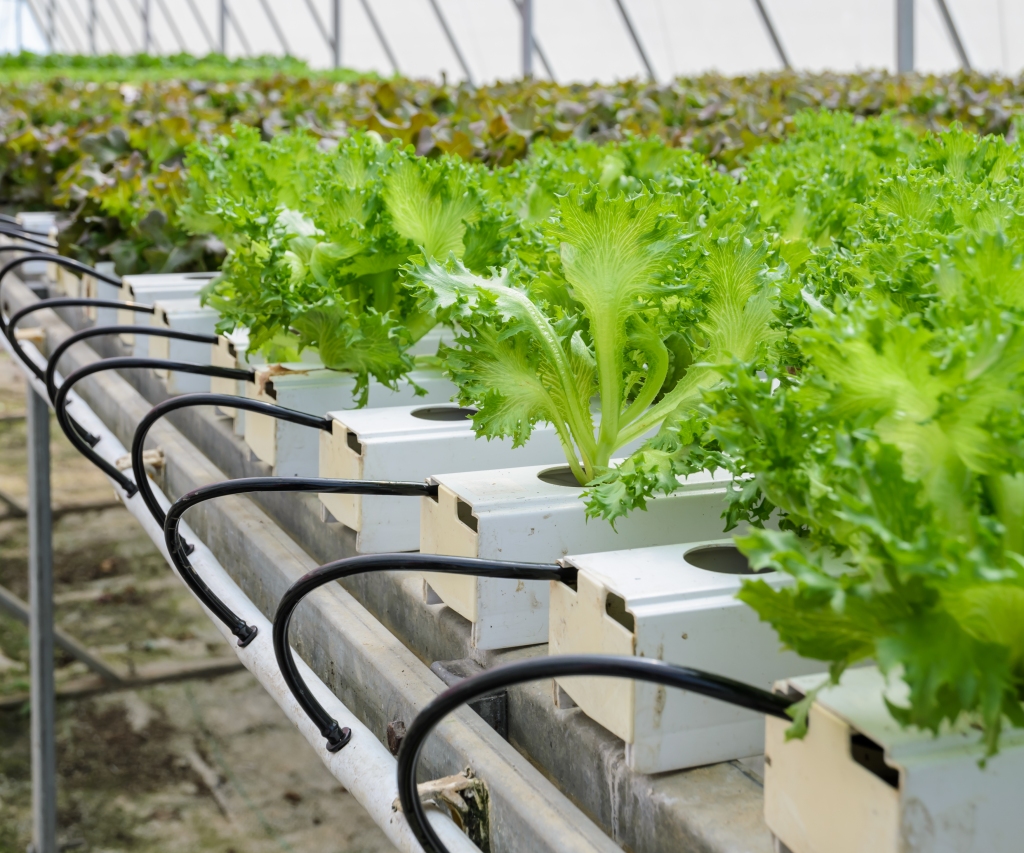Hydroponics Systems: A Sustainable Solution for Rural Living and Homesteading
In recent years, there has been a growing interest in hydroponics systems as a sustainable solution for rural living and homesteading. This innovative method of gardening allows individuals to grow vegetables, herbs, and even fruits without the need for soil. With its numerous benefits, hydroponics offers an efficient way to produce fresh food in limited spaces while conserving resources. In this article, we will explore the different types of hydroponic systems available and discuss their advantages for those embracing a self-sufficient lifestyle.
1. Nutrient Film Technique (NFT) System
The Nutrient Film Technique system is one of the most popular types of hydroponic systems due to its simplicity and efficiency. In this setup, plants are grown in channels or troughs with a continuous flow of nutrient-rich water passing over their roots. The excess water is then collected and recirculated back into the system. NFT systems require minimal space but provide maximum oxygenation to plant roots, promoting faster growth rates compared to traditional soil-based gardens.
2. Deep Water Culture (DWC) System
The Deep Water Culture system is another widely used method that is particularly suitable for beginners due to its ease of use and low maintenance requirements. Here, plants are suspended above a reservoir containing nutrient-rich water with their roots submerged directly into it through net pots or floating rafts. Oxygen is supplied through air pumps or diffusers placed within the reservoir to ensure adequate oxygenation for healthy root development.
3. Ebb and Flow System
The ebb and flow system involves periodically flooding the plant’s root zone with nutrient-rich water before draining it back into a reservoir below when saturation occurs. This process mimics natural rainfall cycles while ensuring that plants receive both nutrients and oxygen effectively without becoming oversaturated or dehydrated.
4. Drip Irrigation System
Drip irrigation is a versatile hydroponic system that can be adapted to various scales and setups. It involves using a network of tubes or pipes with emitters to deliver nutrient-rich water directly to the plant’s root zone in controlled quantities. This method allows for precise control over watering intervals, ensuring minimal wastage and maximum efficiency.
5. Aeroponics System
Aeroponics systems are considered one of the most advanced forms of hydroponics. In this setup, plants are suspended in air while their roots are misted with a nutrient solution at regular intervals. The absence of any growing medium allows for increased oxygenation and faster growth rates compared to other systems. However, aeroponics requires more technical expertise and careful monitoring to maintain optimal conditions.
Advantages of Hydroponic Systems:
a) Water Conservation: Hydroponic systems use up to 90% less water compared to traditional soil-based gardening methods since water is recirculated within the system instead of being lost through evaporation or runoff.
b) Space Optimization: As hydroponics eliminates the need for soil, plants can be grown vertically or in compact setups, making it ideal for small spaces such as balconies or indoor gardens.
c) Year-Round Harvests: With proper lighting and temperature control, hydroponic systems allow for year-round cultivation regardless of external weather conditions.
d) Pest Control: Since hydroponics does not involve soil, it reduces the risk of pests and diseases associated with traditional gardening practices. This makes it easier to maintain healthy crops without relying on chemical pesticides.
e) Higher Yields: By providing plants with precisely measured nutrients and optimal growing conditions, hydroponic systems facilitate faster growth rates leading to higher yields per square foot than conventional gardening methods.
f) Nutritional Value: Studies have shown that vegetables grown in hydroponic systems often exhibit higher levels of vitamins and minerals compared to those grown conventionally due to the controlled nutrient delivery.
In conclusion, hydroponic systems offer a sustainable and efficient solution for rural living and homesteading. Whether you have limited space or want to maximize your yields, these innovative gardening methods can help you produce fresh food year-round while conserving resources and minimizing environmental impact. By embracing hydroponics, individuals can take a step towards self-sufficiency and enjoy the benefits of homegrown produce that is not only delicious but also nutritionally rich.


Leave a comment